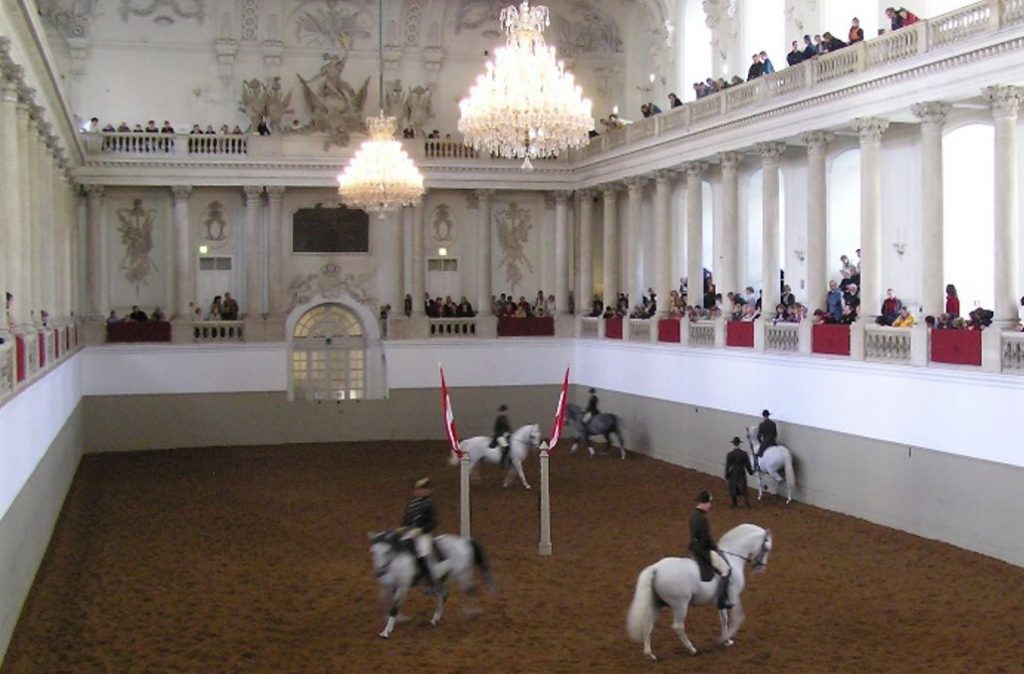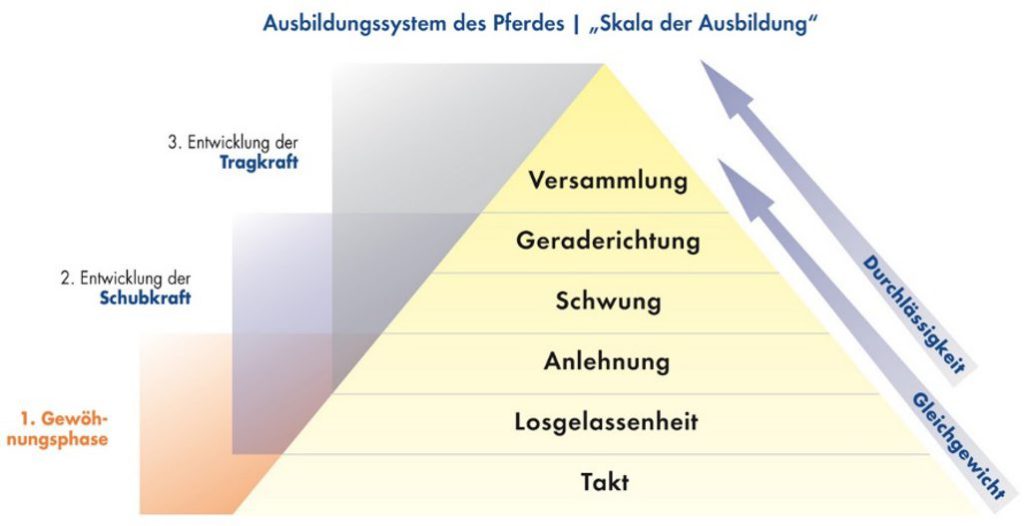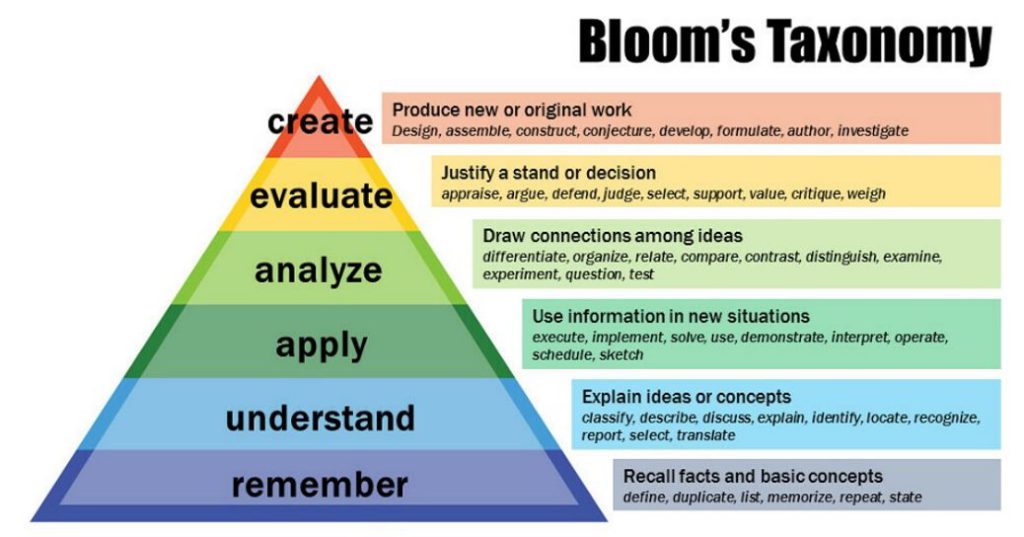In this series of blogs, I write about metaphors, trying to find effective images that will improve our way of looking at the world. Some metaphors simplify by giving a parallel model, others enrich our view and allow for complex interventions based on multiple views. This episode is co-authored with Mathilde Bouwman. Mathilde is both an experienced architect and amazon, passionate about architecture and horses and their training. Together we try to discover a potential metaphor.
Lately we were asked what it takes to become a leader in the field of architecture. In this case it was not about becoming a thought leader, or about becoming a senior enterprise architect, but about how to become a lead architect.
This role of lead architect needs some explanation, as ours is a not so common view on the role. A solution architect specializes in a specific solution type such as a technology domain. A domain architect specializes in a specific business domain such as HR or banking. An enterprise architect specializes in guiding and engineering an enterprise or business. Each of these roles have juniors and seniors. Generically speaking, the broader the scope of the role, the more seniority is required to be effective.
The role of lead architect is completely different. This is a special kind of manager, specializing in leading, growing and facilitating a group of architecture professionals.
Metaphor of the amazon
Now back to the tantalizing metaphor of the amazon.

In Vienna they breed the Lipizzaner. Originally bred by Karel II of Austria in his own court stud farm, his goal was to breed horses for parades and war, to scare his 17th century adversaries. Today this beautiful horse breed is still standing and is the most famous by the Spanish riding school (Spanische Reitschule) in Vienna. At the Spanish riding school there is a structure and hierarchy to train the horses, a framework called ‘Skala der Ausbildung’.

Every horse has her own quality and identity. These characteristics define the training ability of the horse. Every trainer must work and train the horse within this bandwidth. Every horseman or amazon trainer has their own quality and restrictions too. The trainer triggers both the intrinsic motivation, and builds a relation so the horse will want to do the requested exercises. Thus, the training program follows a common framework, and is based on both trainer and horse. The performance is a result of the combination of both the horse and trainer.
Now the sketchy part of the metaphor. An architect is not a horse, and the lead architect is not it’s trainer. However, the facilitating and enabling kind of relation and training method may be similar.
To route to train to become an architect will never be the same because the professional’s intrinsic motivation, preferences, experience, knowledge, and education. A different path for every architect. As a lead architect you have to make an architecture professional accelerate with these characteristics and boundaries. Just like the trainer of a horse, the lead architect has its own limits. The combined effort, based on intrinsic motivation and recognized limitations on both sides, is the key to growth and performance.
Just like a 600-800 kilo horse is not impressed by a tiny horseman or amazon, an experienced architect is not moved by a lead architect, especially when that colleague is not specialized in the same knowledge domain.
However
The Skala des Ausbildung is the training framework based on centuries of experience. It is not like the common frameworks like DYA or TOGAF we as architects are using. We should look for frameworks for education. Teaching and learning frameworks provide scaffolded, diverse approaches that help students “form knowledge structures that are accurately and meaningfully organized” while informing “when and how to apply the skills and knowledge they learn” (Ambrose et. al. 2010). Examples of learning frameworks: the Accelerated Learning Cycle, the Backward Design, Universal Design for Learning. A structure for educating can be found in the revised version of the taxonomy by Bloom.

The visual analogy is appealing, but not very relevant for us as architecture professionals.
Conclusion
So does this metaphor work? Our conclusion is that it does not work. It does not help us to understand by giving a simple visual analogy of the complex world. At second consideration, the horse and amazon metaphor refers a different topic, that of education. It does not really add a recognizable different view, enriching our understanding.
Hence, the lead architect as an amazon is not an effective metaphor.
It did give us insights on how metaphors work, and what makes an effective metaphor. Working and authoring together we learned about our profession, and about the training and history of horses. And that is worthwhile too.
What do you think about this metaphor? What could be an alternative?
Mathilde Bouwman and Hans Nouwens.
References
Ambrose, S., Bridges, M., Lovett, M., DiPietro, M., & Norman, M (2010). How Learning Works: 7 Research – Based Principles for Smart Teaching. San Francisco: Jossey-Bass.

 English | EN
English | EN 
